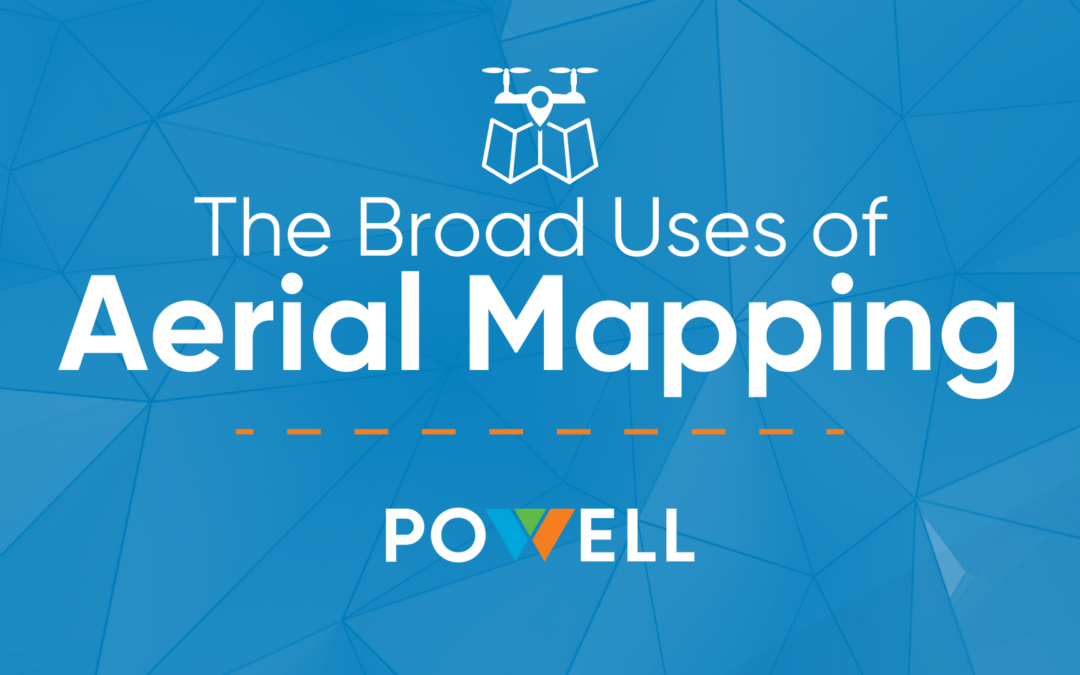Aerial mapping technology, especially drones, has become an essential aspect of the surveying and mapping industries over the years. Fields such as construction and land surveying are taking advantage of the new perspective to help perform 3D mapping, photogrammetry, and topographic surveying. The images created can help make critical decisions on the projects ahead and significantly benefit those who use them.
What Is Aerial Mapping?
Aerial mapping is the process of utilizing a drone to take an aerial survey or map of large areas of land below. The drones will often use sensors such as LiDAR payloads in order to capture a massive amount of data in a very short amount of time. The images and sensor data will then be put through a process called photogrammetry, where they are combined to create map-quality photos and 3D images of the land. Surveyors can then use these maps to accurately measure distances, surfaces, and volumes of physical objects. Aerial mapping can be used in numerous ways in multiple industries to ensure projects start on an efficient step.
How Is Drone Mapping Used?
Since aerial mapping creates a digital twin of the physical land, these maps can be extremely useful in many ways.
Firstly, it can aid in progress tracking. From day one to the finishing touches, drone mapping can provide a visual representation of every step that was made in between. Not only can this be great for data collection and timeline predictions, but if issues pop up mid-project, data can easily be found, and the next steps don’t need to be taken blindly.
Aerial mapping can also be helpful during cut and fill measurements. When conducting a job where dirt or other materials need to be moved or placed, drone mapping can offer exact measurements to ensure accurate digging and filling.
Lastly, drone mapping is used to measure stockpile volumes. For many, stockpile management is essential when completing projects, and drone mapping has made it all the more easier. Aerial mapping can help measure exactly how much material is available, what’s been used, and what still needs to be moved.
Where Aerial Mapping Is Commonly Done
Aerial mapping can be found in various industries, providing benefits and resources to each of them in its own ways.
For example, it is frequently used in land surveying, providing accurate, three-dimensional topographic maps much quicker and more efficiently. Land surveyors will choose drone mapping because of its quick turnaround, accuracy, and calibration options.
Aerial mapping is also used in construction to survey large or hard-to-reach areas in order to get accurate measurements of materials and land. Construction professionals find that it can help provide 3D models for clients, accurate pre-bid topographic maps, efficient timelines, and accurate volume measurements.
Drone surveying is also commonly seen in the mining and waste management industries, where it offers stockpile management, haul road monitoring, progress visualization, density and volume calculations, and efficiency improvements.
Before projects take their first step, they often start with aerial mapping. If you have further questions or want to utilize the benefits of aerial mapping in your next project, contact the team at Powell CWM Inc.
